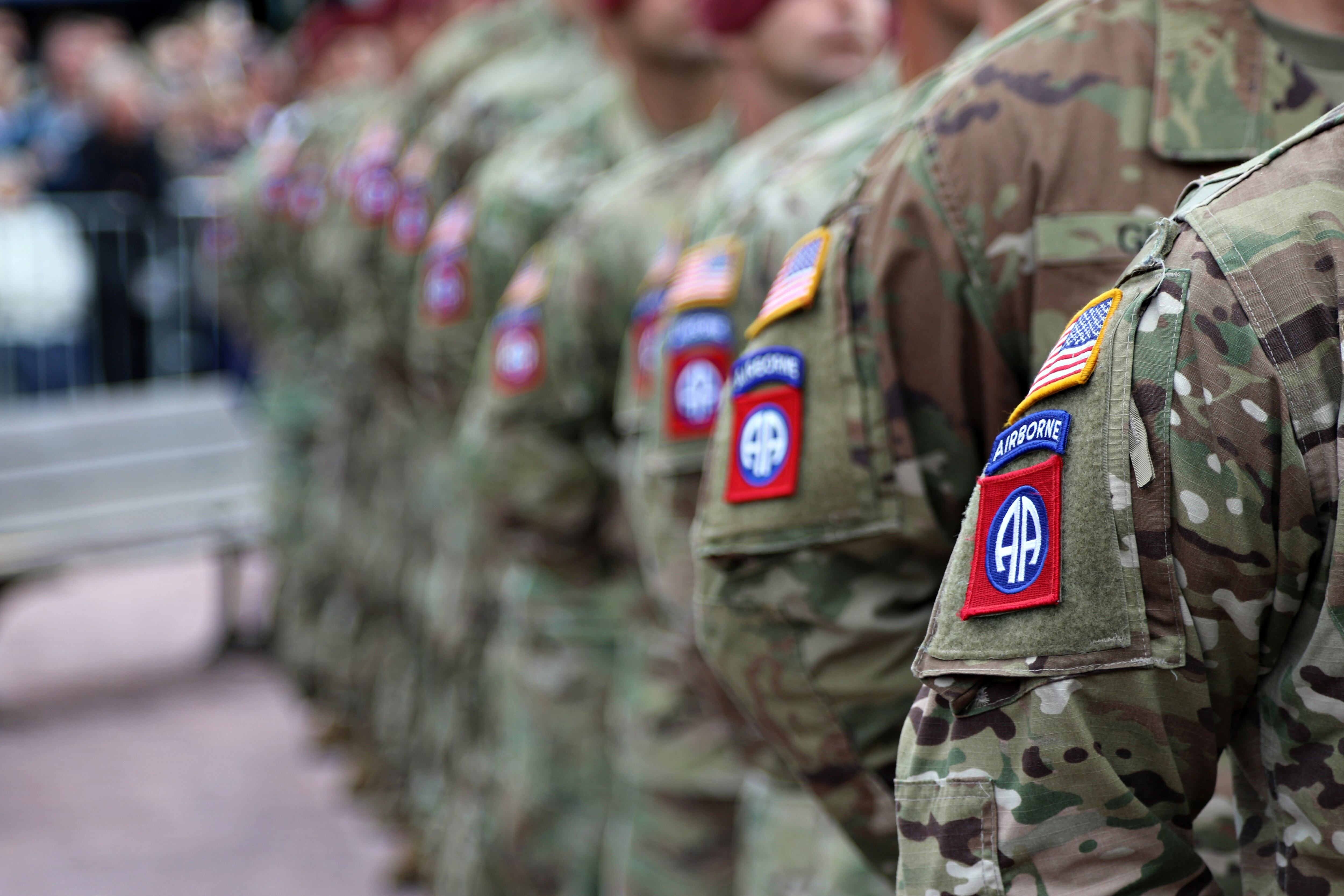Doing more with less is something Marines have always prided themselves on.
In Iraq just a little over a decade ago, the most forward-deployed Marines in Anbar Province were still using M16 rifles with iron-sight alignment.
Yet back in the chow halls at the mega-bases in Iraq, you'd find Army soldiers with fresh haircuts, clean cammies and the Cadillac of rifles. They carried the lighter M4s with collapsible buttstocks and ACOG sites. Broom handles? Always. Infrared aiming lasers or SureFire lights? Sure — why not? High speed, low drag was apparently critical to efficiently close with and destroy chow.
The Marines rarely complained. But just because Marines take it in stride doesn't mean it's a good idea.
The commandant is looking for a new rifle for the Marines that would replace today's M4 carbine for the 0311 riflemen. Topping the list of options is the M27 infantry automatic rifle, or IAR, a version of the Heckler & Koch HK416.
It's a great weapon. It's got a fully-automatic option and a 30-round magazine. Most importantly, it has a solid rod system like the AK-47, making it especially reliable in dusty or sandy places like the Middle East.
"Most Marines like it, and so do I," Gen. Robert Neller told Marine Corps Times recently. But, he added, a key question is: "Is the potential improvement in capability over the M4 worth the additional cost?"
The IAR is not cheap. They could cost as much as $3,000 apiece, a lot more than the M4, which is less than $1,000.
Can the Corps afford it? The Marine Corps Times editorial board sat down and did some back-of-the-envelope math. The Corps would need about 11,000 rifles total. Let's say they decided to buy about 2,000 M27s every year, fielding them initially and then replacing the old ones down the road.
To buy 2,000 rifles a year at $3,000 each — the retail price for individual purchases — it would cost the Corps about $6 million a year to field the best rifles for the grunts who do the most fighting.
Finding $6 million a year? It shouldn't be that hard. That's less than 0.03 percent of the Corps' entire $25 billion annual budget.
For example, one single F-35 joint strike fighter is estimated to cost about $120 million. Buying one less F-35 JSF — the Corps ultimately wants to buy more than 400 — would allow the Corps to buy IARs continuously for more than 15 years.
Or maybe the Marines' money managers might find the money from personnel accounts. Estimates suggest it costs about $100,000 a year to have a Marine on active duty (when all pay and benefits are taken into account). So, to cover the cost of better rifles at the tip of the spear, the Corps could shed 60 or 70 people from the total force of more than 184,000.
There are several hundred musicians. The Corps could scale back its musical capabilities without putting "The President's Own" at risk, and still find enough money to buy new rifles.
Or how about recruit advertising? The Maine Corps typically budgets more than $70 million for it. How would it impact readiness to shave off 10 percent of that budget and use it to buy top-notch rifles for the grunts?
There are a lot of ways to pay for fielding new rifles for the 0311s.
The option we'd recommend?
Call retired Marine Corps Gen. Jim Mattis, now the secretary of defense, and ask him to take the money out of the Air Force budget.
Bottom line: Buying better rifles for Marines who will be the first to fight is the best investment America can make





